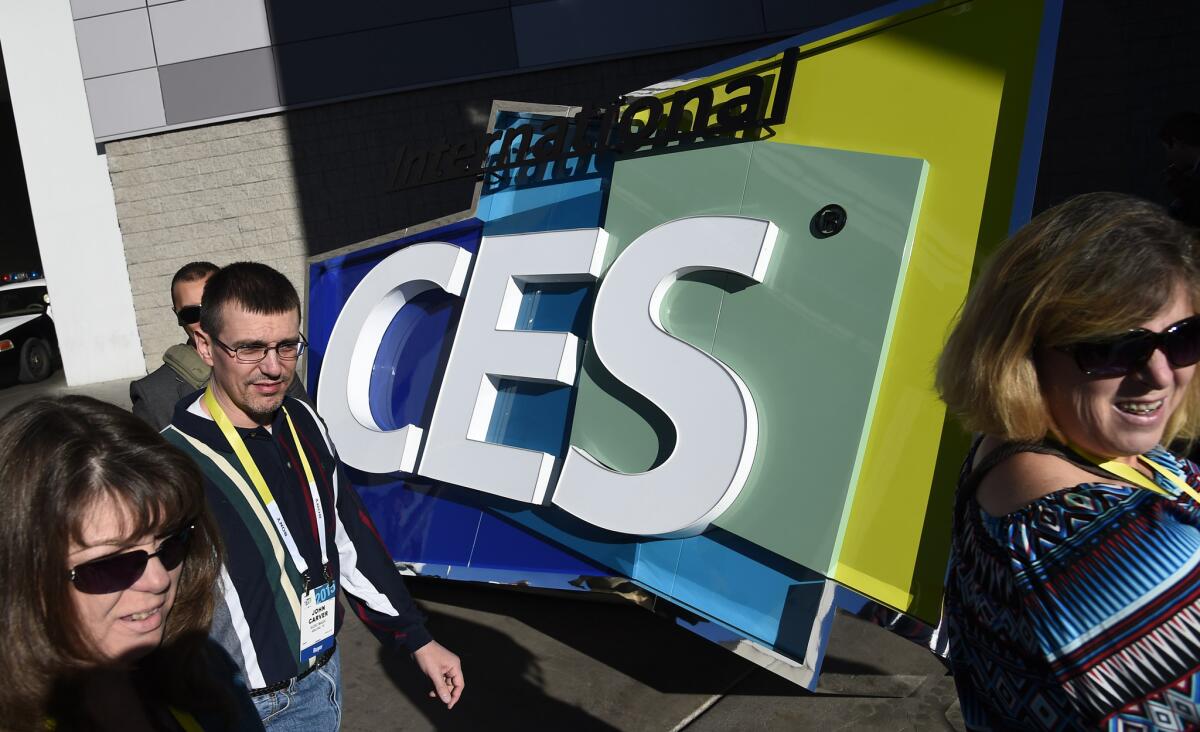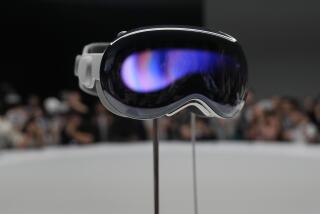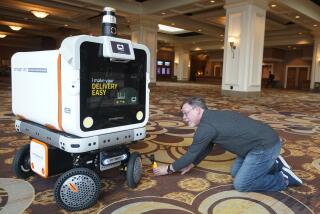CES kicks off with prediction that global tech sales will fall 2% this year

More than 20,000 new products will be showcased to 150,000 attendees at CES this week.
LAS VEGAS — Global technology sales are predicted to fall 2% to $950 billion this year, setting a cautionary tone on the first day of the massive CES trade show.
The annual consumer electronics convention kicked off Monday afternoon with a pair of media events that outlined the industry’s major trends and economic forecast.
As expected, the Consumer Technology Assn., which produces CES, focused on the year’s hottest product categories.
The organization expects virtual reality sales in the U.S. to grow to $540 million this year, up 440% compared with last year; drones to see revenue more than double to $953 million; and revenue from 4K ultra-high-definition televisions to increase 65%, to $10.7 billion.
See more of our top stories on Facebook >>
More established categories will also see growth, albeit at a much slower pace: U.S. smartphone revenue is predicted to increase 4% and laptops just 3%.
Although 51% of industry revenue comes from smartphones, tablets, laptops, desktops and televisions, those five categories will fall to less than half of industry revenue a year from now as nascent product categories gain ground, said Shawn DuBravac, chief economist of the Consumer Technology Assn.
More than 20,000 new products will be showcased to 150,000 attendees at CES this week, a dizzying array of gadgets that will include mobile devices, appliances, fitness trackers, audio systems, electric cars, smart clothing — even sensor-embedded boxing gloves.
This year, organizers are stressing the need for products to be relevant and bring improvements to everyday life that are actually needed.
“In the last 12 months, maybe 18 months, that conversation has started to shift,” DuBravac said to a crowd of about 500 people at the Mandalay Bay Convention Center.
“And that will be more pronounced at CES this year: what is technologically meaningful, not what is technologically possible.... Now we focus on what does it mean, why does it matter, how does it change our daily life?”
Attendees can expect to see more partnerships between technology companies, he said, such as an Internet-connected dishwasher that uses sensor data from a Wi-Fi-enabled thermostat to program wash cycles when energy prices are low.
“We’re seeing sensors become commonplace,” DuBravac said. “The cost structure of sensors is going down … so it’s cheaper to build it into a wide number of things.”
On a global level, prices for consumer electronics continue to fall, which is affecting total estimated industry sales figures. On top of that, economic slowdowns in developing countries and in China are also creating a drag on revenue, said Steve Koenig, senior director of market research at the Consumer Technology Assn.
“Everyone everywhere is coping with slowdown effects in China,” he said. “It’s this very, very mixed bag.”
Of the $950 billion in worldwide tech spending expected for the year, about a quarter of that will come from North America.
Twitter: @byandreachang
MORE ON THE CONSUMER ELECTRONICS SHOW:
Faraday Future unveils Batmobile-like electric concept car at CES
Five tech categories to watch at CES
CES shifts its focus to innovations changing the tech industry







